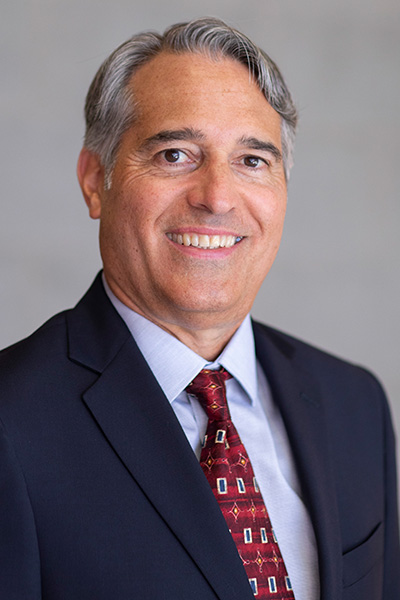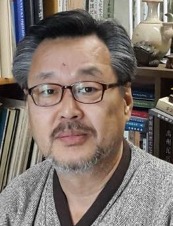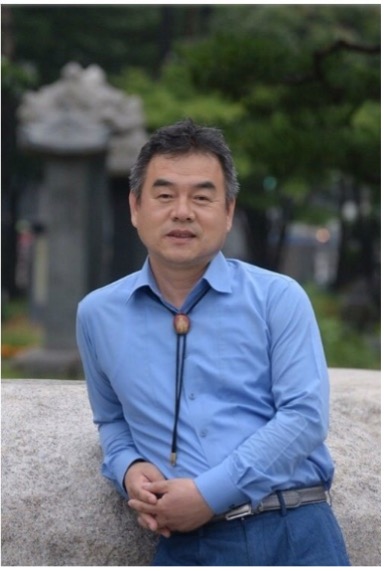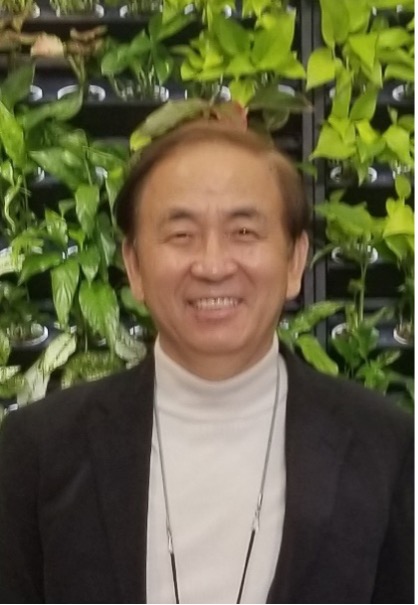The New Findings of Liao Civilization and the Prehistory of Northeast Asia:
The Korean Perspectives Conference
Join us for a groundbreaking exploration at the Center for Korean-American and Korean Studies International Conference. This event will delve into the discovery of the Liao Civilization, an ancient society that dates back to 4,000 BC, situated along the Liao River in Manchuria. This remarkable finding challenges our understanding of human history, as it predates the world's four oldest known civilizations – Mesopotamian, Egyptian, Indus, and Yellow River.
At the heart of this conference is a critical examination of the Liao civilization's profound impact on our perception of Northeast Asian prehistory and humanity as a whole. The discovery has sparked vigorous debates and controversies, particularly concerning the ethnic identity of those who inhabited this ancient civilization. This conference aims to illuminate these discussions by presenting unique Korean perspectives.
Don't miss this opportunity to engage with leading scholars and experts as we unravel the mysteries of the Liao civilization and its significant implications for historical understanding.
Wednesday, February 21, 2024
10:00 am - 3:00 pm
Golden Eagle Ballroom
RSVP encouraged for class attendees, but all are welcome to join without prior confirmation
Organizers: Dr. Hyojoung Kim, Dr. Jongwook Woo, Dr. Namhee Lee, and Dr. Jongwook Woo
Moderator: Dr. Namhee Lee
Conference Schedule
| TIME | ACTIVITY |
|---|---|
| 9:30 am - 10:00 am | Check-in and Coffee |
| 10:00 am - 10:20 am | Opening Ceremony featuring Dr. René Vellanoweth, Dean, College of Natural and Social Sciences, Dr. Namhee Lee, Chair of The Department of Modern Languages and Literatures, and Dr. Amy Bippus, Interim Provost and Vice President for Academic Affairs at Cal State LA. |
| 10:20 am - 10:50 am |
PRESENTATION: Unpacking the Past: Archaeology, History, and Politics by René Vellanoweth (Dean, College of Natural and Social Sciences, Cal State LA) |
| 11:00 am - 11:50 am |
PRESENTATION: The Origins of Stone Mound Tomb in Northeast Asia and Liao-river Civilization by Silha Woo (Professor of School of Liberal Arts and Sciences, Korea Aerospace University) |
| 11:50 am - 12:30 pm | Lunch Break |
| 12:40 pm - 1:30 pm: |
PRESENTATION: New perspectives and outlooks from historical knowledge of Hongsan Culture by Simon C. Kim (Director, Han Eol Institute, LA) |
| 1:40 pm - 2:30 pm: |
PRESENTATION: Hongsan Culture and Its Varying Traces Across Northeast Asia: A “Cultural DNA” Approach by Gi Dae Bok (Professor of Archeology as Interdisciplinary Science and Director of Institute of Ancient Chosun at Inha University Graduate School) |
| 2:30 pm - 3:00 pm: | Closing Ceremony |
Presenters
Title: Unpacking the Past: Archaeology, History, and Politics
Short Bio:
Dean René Vellanoweth, an esteemed archaeologist with over 20 years of experience within the California State University System, proudly serves as the dean of the College of Natural and Social Sciences (NSS) at Cal State LA. His journey in academia has seen him evolve from professor to department chair, and now to the leader of a college encompassing twelve diverse departments and programs, over 150 talented tenured and tenure-track faculty members, scores of gifted adjunct lecturers, and an incredible staff. Under his leadership, the College caters to nearly 7,000 undergraduate and graduate students, aiding them in achieving their career objectives and personal aspirations.
Title: The Origins of Stone mound tomb in Northeast Asia and Liao-river Civilization
Abstract: The ancient stone mound tombs generally develop from a ‘Pit stone-mound tomb’ in which bodies are buried in the ground and stones are stacked on top of them, to a ‘Sarcophagus stone-pile tomb’ in which bodies are buried in a stone chamber with a cover stone and stones are stacked on top of it, and eventually to a ‘Piramid style stone-pile tomb’ in which various layers of stones were stacked in a pyramid manner. Surprisingly, all three forms of stone mound tombs are found In the Liao-river Civilization in the west Manchrian region, indicating where these tomb stones were ultimately originated. More surprising is the fact that these stone mound tombs originating from the Liao-river civilization spread and were passed down unevenly mostly to those areas such as the Korean Peninsula, Mongolia, and Central Asia. In particular, the early tomb systems of almost all ancient Korean states, such as Gojoseon, Goguryeo, Baekje, Silla, and Gaya, are in the stone mound tomb system. In contrast, no stone mound tombs are found in the central area of the Yellow River civilization. Most of the Yellow River civilization areas are of the Pit-grave system. This strongly suggests that the Liao-river civilization and the Korean Peninsula were directly connected from the beginning.
Short Bio: Dr. Silha Woo is a professor at School of Liberal Arts and Sciences, Korea Aerospace University and a former professor at Liaoning University in China. He is a leading expert in Korea in the fields of the origins of Korean traditional culture and thoughts and the historical and cultural relationship between the Liao-river Civilization and the Korean Peninsula. He has many publications including Liao-river(Liaohe) Civilization and the Korean Peninsula (2019), The Origin of Gojoseon Civilization and the Liao-river(Liaohe) Civilization (2018), Liao-river(Liaohe) Civilization discourse Beyond Chinese North east Historical Project (2007), The Prior work of Chinese North east Histolical Project and The China's national strategy (2004).
Title: Hongsan Culture and Its Varying Traces Across Northeast Asia: A “Cultural DNA” Approach
Abstract: Dated back to B.C. 4,000~B.C. 3,000, Hongsan Culture is regarded as most iconic of the Manchuria Civilization with many stunning archeological findings such as a wide variety of jade wares including the C-shaped jade, Statue of God, and an astronomical observational. Yet debates remain about the identity of those people who inhabited this famous culture. Against this background, Dr. Bok attempts to answer the question by using a “cultural DNA” approach in which the defining cultural characteristics of Hongsan Culture are first identified and they are cross-examined with the cultural differences and similarities of various people in the surrounding area—the Northeast Asia. He finds that the cultural “DNA” characteristics of the Hongsan Culture are more closely related to the cultural traits of those ethnic groups in the northern and eastern regions of the Northeast Asia (then the Old Chosun territories) rather than the Hwanghwa civilization and Chinese culture.
Short Bio: Dr. Gi Dae Bok is Professor of Archeology as Interdisciplinary Science and Director of Institute of Ancient Chosun at Inha University Graduate School, and President of Northeast Asian History Council in Korea. As a leading archeologist in Korea, he has led many archeological field projects such as “Gojoseon Relics, Historic Site D/B Construction (2013-16) and “Research on the location of ancient Goguryeo, Pyongyang” (2014-17). He has numerous publications in the field, including Have We Continued the History of Gojoseon? (2023) and Understanding Hongsan Culture (2018).
Title: New perspectives and outlooks from historical knowledge of Hongsan culture
Abstract: The theory of the world's first four civilizations that we learned in school needs to be revised. In late 20thcentury, the Yoha or Liao civilization was discovered in northeastern China. It has been determined to predate Mesopotamian, Egyptian, Indus, and the Yellow River Civilization. A close look at the archeological remnants of the civilization, especially its Hongsan culture is prototypical of the Korean culture, not the Chinese one. Geographically, the location of the Hongsan Culture closely overlaps with the main playgrounds of Korea's very first states, Gojoseon, and the Baedal State. The author further develops his own theory that Jecheon culture, meditation culture, and Pungryu(play) culture that we can find in Hongsan culture provides the origins of the three defining elements of Korean culture even today.
Short Bio: Dr. Simon C. Kim is Director of Han Eol Institution at South Baylo University, a leading local private research center in the field of ancient Korean history and philosophy. He has a number of publications in the field, including Hwndo Culture and the Civilization of Gochosun (2017), English translation of Hwandan Goghi (2017), and Introductory I-ching (2019)



